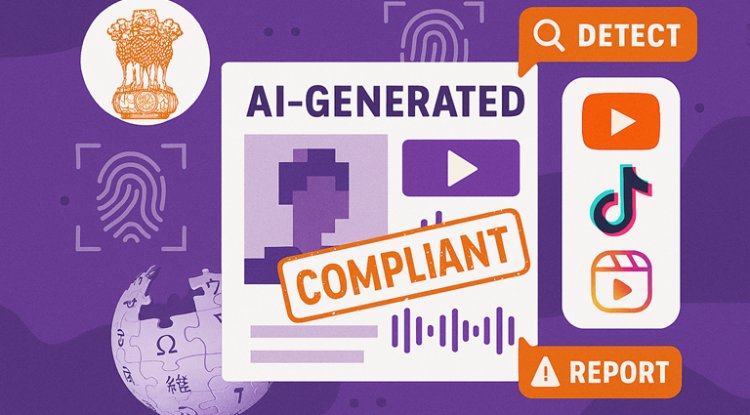Crypto Drainers 2025: How Next-Gen Phishing Threats Are Targeting Every Blockchain Wallet
Crypto drainer attacks—now powered by the likes of Angel Drainer and CryptoGrab—are draining hundreds of millions in digital assets from wallets across Ethereum, BSC, Polygon, and Avalanche. Here’s how these tools work, how criminals use phishing to bypass wallet security, and what every Web3 user must do NOW to stay safe.

Crypto wallet drainers are now the frontline threat in blockchain security. Their combination of phishing lures, malicious smart contracts, and social engineering have enabled some of the world’s fastest-rising scams—moving over $500 million in stolen crypto in 2024 alone, and spiking in 2025.
What’s Changed in Crypto Drainer Attacks?
- Crypto drainers (like Angel Drainer, CryptoGrab, Inferno, and emerging DaaS platforms) are now sold as “drainer kits,” letting even low-skill attackers launch sophisticated, multi-chain wallet attacks for a fee.
- “Phishing as a Service” and affiliate models fuel a shadow industry with 24/7 support, updates, and even anti-detection tools, per Chainalysis and Kaspersky.
- Evolving beyond basic phishing, attackers now use ERC-20 permit attacks and off-chain signature exploits: If you “sign” a cleverly crafted permission prompt, your assets may be drained instantly—and with little trace on-chain.
How Do Crypto Drainers Steal Funds?
- Scammers lure users via airdrop promises, Discord/Twitter DMs, fake DEXes, and “hacked” project sites—pushing links to fake platforms designed to look exactly like MetaMask, Trust Wallet, or major dApps.
- User connects wallet, then is asked to approve or sign a transaction: but the signature isn’t for a simple send—it’s for an unlimited allowance, letting the drainer contract sweep your tokens (including NFTs, stablecoins, and rare assets).
- These attacks exploit both user inattention and poor interface design. The most dangerous: you can lose everything, regardless of your wallet’s balance, in seconds.
New and Noteworthy: 2025 Trends
- Crypto drainer gangs, especially Angel Drainer, have absorbed rivals (like Inferno) and now operate as DaaS “market leaders.” According to security experts, Angel Drainer has netted over $25 million and can rapidly deploy hundreds of malicious dApps across L1s and L2s.
- Most drainers now target not only Ethereum, but also emerging networks like Tron and The Open Network (TON)—where wallet infrastructure is less mature and scams flourish.
- Social engineering, social media “airdrops,” Discord/Telegram spam, and cloned influencer accounts remain powerful phishing vectors.
Defensive Tips: How to Protect Your Wallets
- Use hardware/cold wallets for long-term storage—NEVER sign random contracts or connect cold storage to unknown dApps.
- Check and revoke unnecessary token approvals regularly using tools like Etherscan Token Approval, Revoke.cash, and Trust Wallet’s built-in functions.
- Use Two-Factor Authentication (2FA) and strong, unique passwords; never enter wallet seed phrases online and avoid links in DMs.
- Bookmark official project URLs, avoid “airdrops” or “giveaways” that seem too good to be true, and follow real-time security warning accounts on X/Twitter.
Stats & Impact
- Wallet drainer attacks have led to nearly $500 million lost in 2024, with attack frequency jumping 67% year-over-year (ScamSniffer, Chainalysis).
- Emerging “drainer as a service” platforms now offer live support, constant code updates, and pay-per-victim business models—making the threat exponential.
Bottom line: Crypto drainers are leveling up—so must your wallet security. Educate friends, double-check all approvals, and embrace paranoia: in Web3, a moment’s distraction can mean total loss.
Source: India Technology News, Check Point Research, Chainalysis, Kaspersky, Darktrace, October 2025
What's Your Reaction?



















